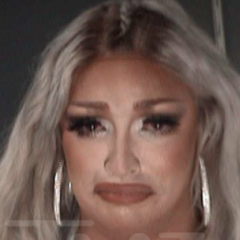Which seems the most アングラ to you????????????
24 members have voted
-
1. Which seems the most アングラ to you????????????
-
Limited 3 cds, sold in a bandmen's apartment for 40,000 yen that end up just being reviews of hamburgers6
-
Kiryu2
-
Anything in Tokage's lastfm profile15
-
Bands with like 40 members that dance while only 3 dudes actually play instruments (ska)1
-
-
Recently Browsing 0 members
No registered users viewing this page.
